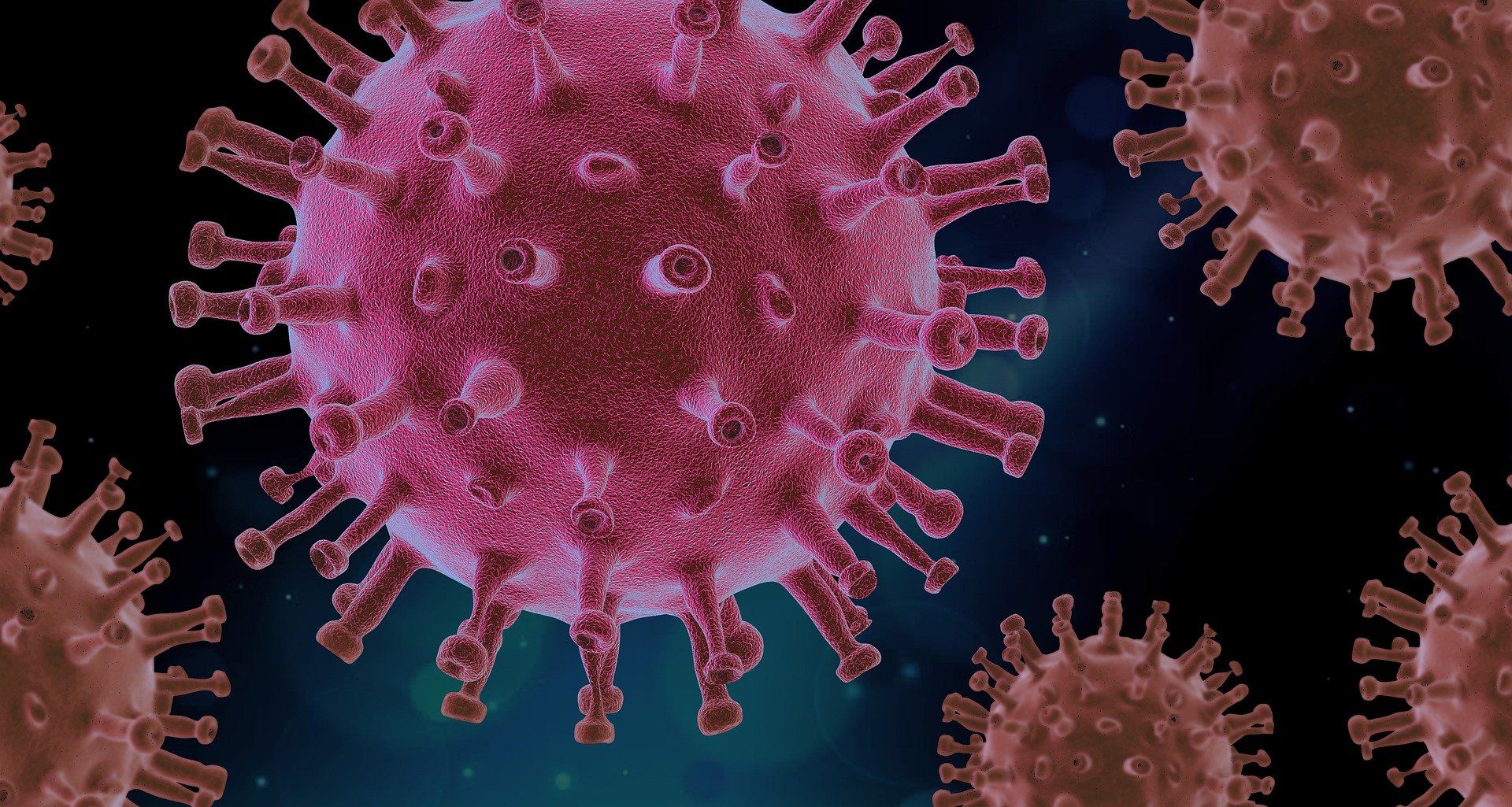India has entered the community transmission stage of the COVID-19 pandemic, according to a recent bulletin from INSACOG, a forum set up by the Union Health Ministry. The announcement comes nearly a month after the omicron variant of the coronavirus picked up speed in India.
India also reportedly entered a similar phase a few months after the onset of the pandemic in 2020.
What does this mean?
The community transmission stage comes after the initial phases of a pandemic, where it is possible to link one case to another by following the chain of contact between two people who have contracted the virus.
Also Read: Is omicron going to infect everyone? Here’s what the WHO has to say about it
However, when the disease spreads at a much faster rate, and possibly multiplies the number of infected people, the tracking gets difficult. This phenomenon is mostly attributed to those individuals who carry the virus but never get tested as they are asymptomatic.
According to reports from Indian Express, the community transmission phase requires a change in strategy to deal with the spread of the disease.
Specially designed for diseases like COVID-19, the World Health Organization has three more categories of the pandemic that follow the community transmission phase. They include “No active cases”, “sporadic cases” and a “cluster of cases.”
What now?
Multiple states of India have already rolled back their energetic testing strategy and have slowed the contact tracing, specifically those who are asymptomatic for COVID-19, according to media reports.
Also Read: ‘Stealth omicron’ & COVID: Has the BA.2 sublineage been reported in India?
Rakesh Mishra, the director of Tata Institute of Genetics and Society, told Indian Express that active testing and contact tracing may not be enough to curb the spread of the omicron variant, however, testing still remained important.
“The main focus must be on the hospitalised cases, and those who have developed severe illnesses”, Mishra said in a statement.







